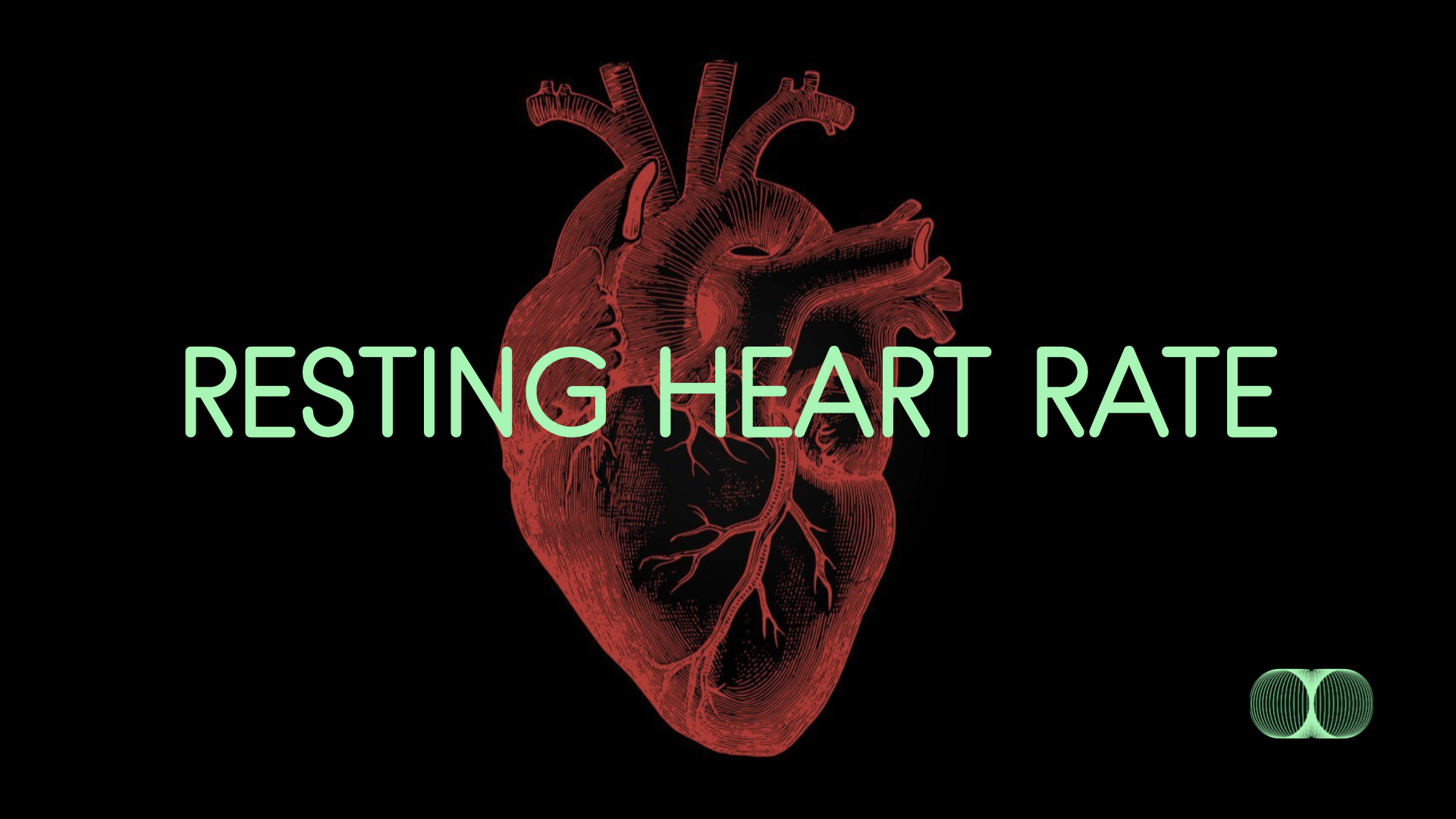Normal Heart Rate According to Little Ticky Tacky Boxes

I know I go on a lot about the problem with reference ranges in Industrial Medicine, but this isn't a small problem.
Let's take a look at the "normal resting heart rate," one of the strongest predictors of heart disease, cancer, all-cause mortality and general health.
Consensus holds that the normal resting heart rate is 60 to 100 beats per minute. But it's fascinating where this number comes from. If you look at ECG graph paper (or EKG depending on where you're reading this from), the heart rate is calculated from the space between the peaks of the trace - what is known as an R-R interval.
Typically, the paper moves at 25 mm / second and each little square is 5 mm wide. There are 5 little squares in each big square so, sparing you the intricate details, busy doctors can see that a rate of 3 big squares is 100 bpm and 5 big squares is 60 bpm.
Of course, the conventions of the size of the squares and the rate of the tracer have literally nothing to do with what the average resting heart rate in the population is or where risk becomes elevated. But consensus holds that a normal resting heart rate is between 3 and 5 big squares of tracer paper.
This convention was established in the 1940's and is the normal rate currently in use by the American Heart Association.
Now, tracer paper boxes aside, if we wanted to actually base these numbers on populations of people, which is probably how it's supposed to work, we'd get some different answers. The average resting heart rate for adult men is 71 bpm and for women it's 74 bpm.
Conventional standard holds that to determine a "normal range" for a metric, you take the average and then find 2 standard deviations above and below. This gives you where 95% of the population fall.
Again, it must be said, that this has nothing to do with where people are healthy nor does it tell you anything about where people's risk goes up or down. But I guess it's better than basing it on arbitrary graph paper math!
So using the 95% confidence interval method, we'd get a "normal" range for resting heart rate of between roughly 50-90 bpm for men and 55-92 bpm for women.
A bit different than the 60-100 bpm we get from counting the pretty big boxes!
Now if we look at resting heart rate and risk, another story emerges. Roughly speaking, for every 10 bpm per minute your resting heart rate increases, your risk of cardiovascular disease goes up by 7%, cancer goes up by 14% and your risk of dying from any cause goes up by 17% (Aune et al 2017).
So compared to someone with a resting heart rate of 70 bpm, if your resting heart rate was 80 bpm, your risk of all cause mortality would be 17% higher.
This is also true of someone with a resting heart rate of 60 bpm compared to 50 bpm.
Which puts the range of 50-90 bpm minute in a new light. Not to mention that the current consensus is telling people that if their heart rate is below 60 bpm, then it's too slow and should be sped up!
There's a lot to be learned by understanding where reference ranges come from. But as the foundation of medical decision-making, we need to be really cautious about how these numbers determine medical treatment or indeed our fate in general.
Interested in diving deeper? You can access the Resting Heart Rate Deep Dive Module from my Synthesis Health Lab and PRO Lab Signature Program here. It's a 49 minute discussion of the literature on normal resting heart rate values and how to accurately interpret the resting heart rate data from your wearables.


